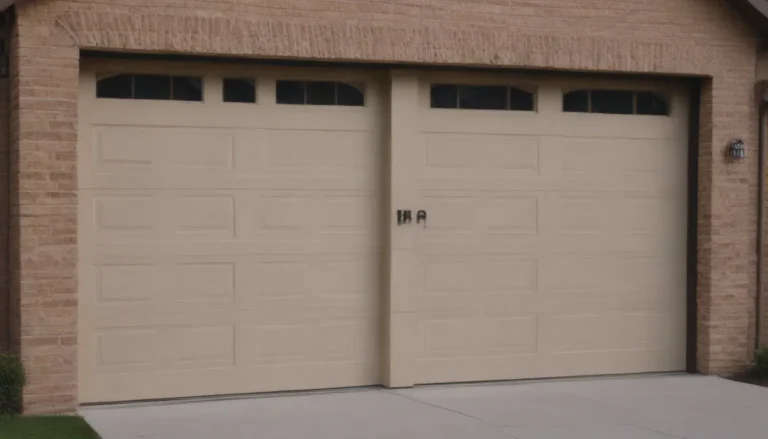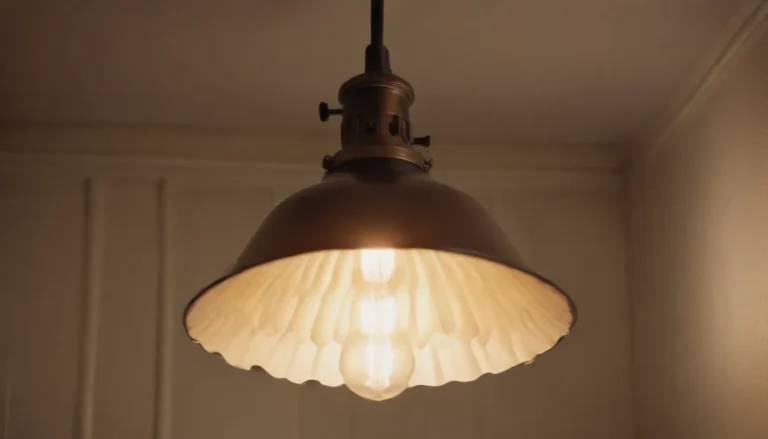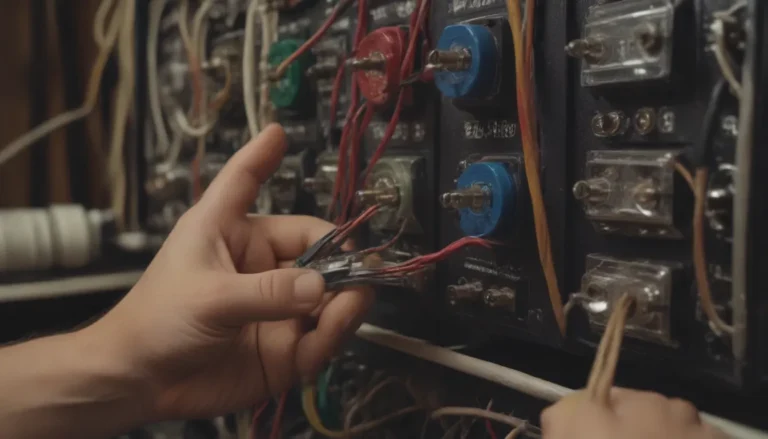Understanding the Importance of Overhead Clearance on Power Lines

Overhead power lines are a common sight in our communities, providing us with the electricity we need to power our homes and businesses. While these power lines are essential for our daily lives, they also pose a potential danger if they are not properly maintained and regulated. This is why there are strict guidelines in place for ensuring minimum height clearances over streets, sidewalks, alleys, driveways, and other traffic areas.
In this article, we will delve into the rules and regulations surrounding overhead clearance on power lines. We will explore the safety considerations that drive these guidelines, as well as the specific clearances mandated by the National Electrical Code (NEC) and National Electrical Safety Code (NESC). Additionally, we will discuss how local regulations can vary from national standards and provide tips for staying safe around power lines.
The Importance of Overhead Clearance
The primary reason for maintaining adequate clearance between power lines and the ground is safety. Power lines carry high voltage electricity, and contact with these lines can result in serious injury or even death. By establishing minimum height clearances for power lines, we can reduce the risk of accidents and keep the public safe from the dangers of electric shock.
The NEC and NESC have set forth guidelines for overhead clearance to ensure that power lines are safely positioned above pedestrian areas, driveways, streets, and other potentially hazardous locations. However, it’s essential to remember that local regulations may be stricter than national guidelines, and it’s always best to consult with your local building inspections office to determine the specific rules for your community.
Warning: Safety First
If you ever encounter a downed or drooping power line, do not attempt to move it yourself. Instead, call 911 and the local power company immediately. Standing close to downed power lines can also pose a risk of arcing or electrical surges, so exercise caution and keep a safe distance.
Clearance Guidelines
Let’s take a closer look at the specific clearance guidelines for different areas where power lines are present:
Power Lines Above Pedestrian Sidewalks and Walkways
- Minimum vertical clearance of wires: 14.5 feet above the ground
- This clearance is sufficient to provide safe passage for pedestrians, even when carrying tools or other objects.
- Note: For pathways likely to be used by riders on horseback, the minimum clearance is 16 feet.
Power Lines Over Driveways Without Commercial Traffic
- For driveways and passages used by vehicles under 8 feet in height
- The minimum clearance guidelines apply to most residential driveways.
- Rural homeowners and farmers should follow commercial guidelines due to potential service vehicle use.
Power Lines Over Streets and Roadways With Commercial Traffic
- Minimum clearance: 15.5 feet above the ground for vehicles over 8 feet tall.
- This guideline applies to any roads or streets that may carry taller vehicles.
Wires Above Pools, Hot Tubs, and Ponds
- Unique requirements for electrical wires over water features to ensure safety.
Communication Lines
- Rules for vertical clearances for telephone, data, and other communication lines vary by community.
- The NESC sets guidelines for these clearances.
- Clearance between communication lines and electrical service lines: 30 inches.
Additional Safety Tips
It’s important to keep these tips in mind to ensure your safety around power lines:
- Measure from the lowest point of the wire’s droop for vertical clearances.
- Consider seasonal variations in clearance, especially in climates with snow cover.
- Stay at least 30 feet away from all power lines and power poles when using farm machinery.
- Lower equipment attachments, such as augers, to safe levels when passing under power lines.
- Be aware of overhead power line dangers when operating dump trucks and trailers with raised dump beds.
Conclusion
Maintaining proper overhead clearance for power lines is essential for keeping the public safe and preventing accidents. By adhering to the guidelines set forth by the NEC and NESC, as well as local regulations, we can minimize the risk of contact with high voltage electricity and ensure the safety of our communities. Remember to always prioritize safety when working around power lines and seek professional help if you encounter a downed line. Stay informed, stay safe, and help spread awareness of the importance of overhead clearance on power lines.





